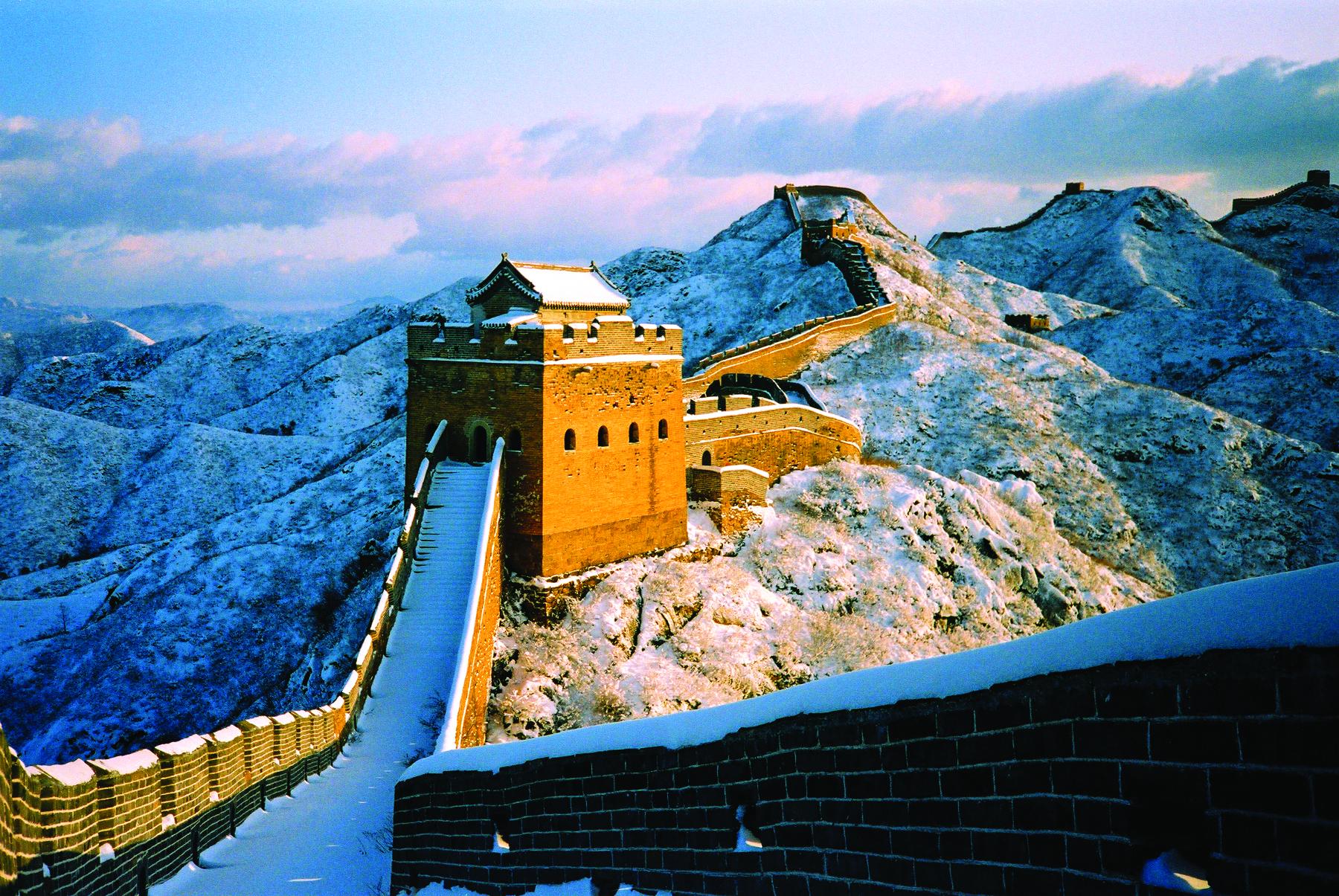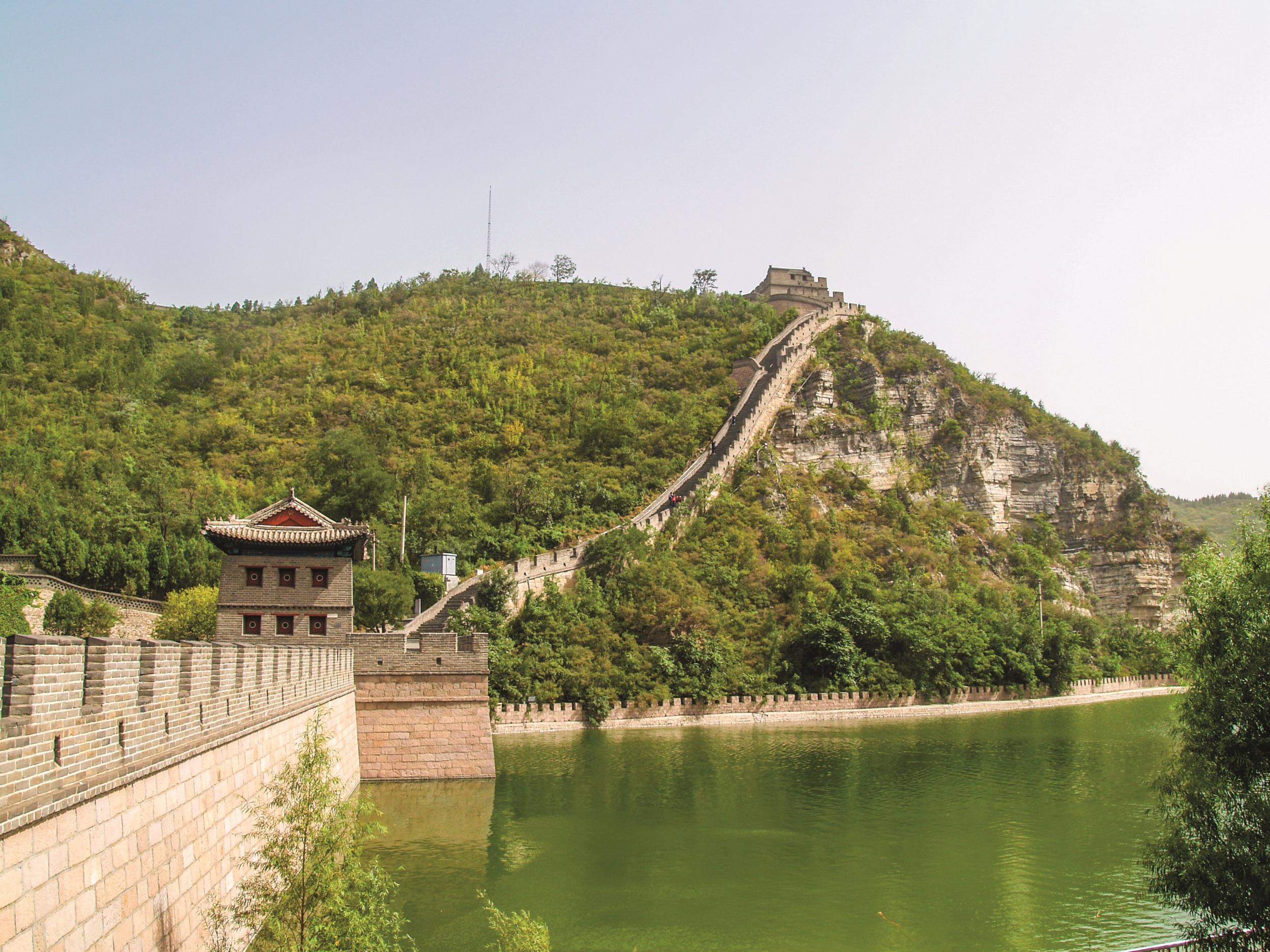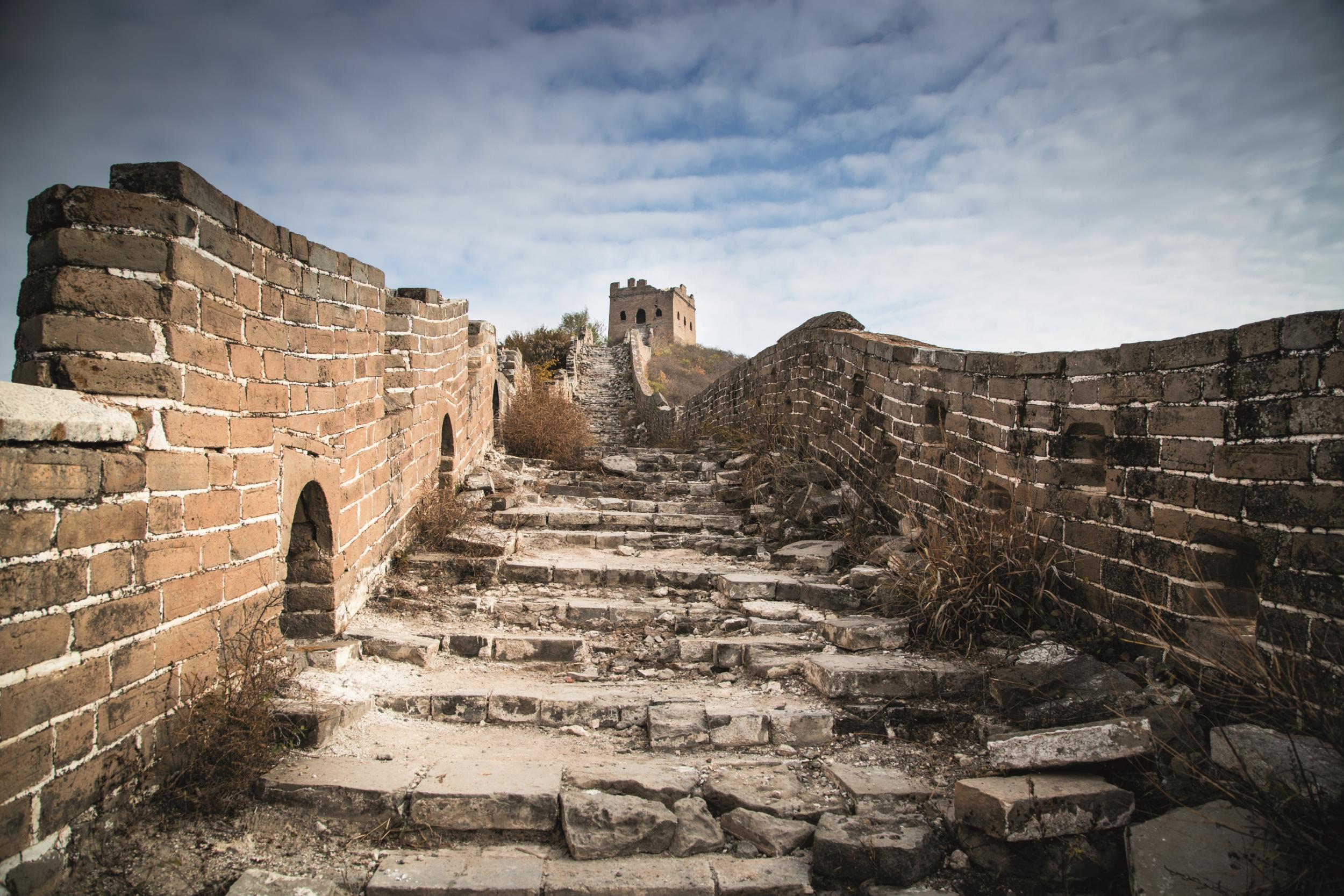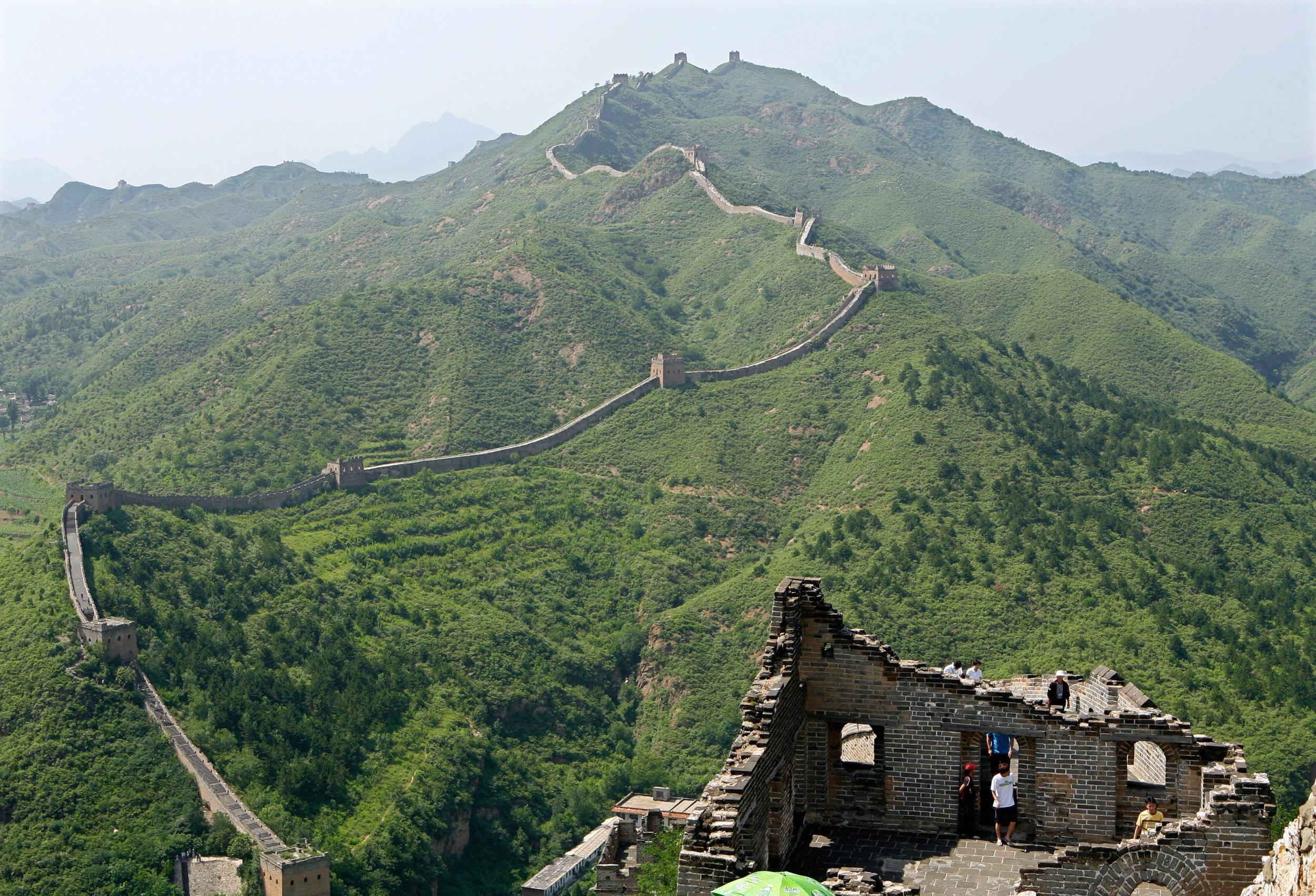Great Wall of China: 5 ways to see one of the great modern wonders while avoiding the crowds
How to enjoy this landmark in all its epic glory – and avoid being poked with a selfie stick

Your support helps us to tell the story
From reproductive rights to climate change to Big Tech, The Independent is on the ground when the story is developing. Whether it's investigating the financials of Elon Musk's pro-Trump PAC or producing our latest documentary, 'The A Word', which shines a light on the American women fighting for reproductive rights, we know how important it is to parse out the facts from the messaging.
At such a critical moment in US history, we need reporters on the ground. Your donation allows us to keep sending journalists to speak to both sides of the story.
The Independent is trusted by Americans across the entire political spectrum. And unlike many other quality news outlets, we choose not to lock Americans out of our reporting and analysis with paywalls. We believe quality journalism should be available to everyone, paid for by those who can afford it.
Your support makes all the difference.Matt Damon’s monster movie The Great Wall has received a thrashing from the critics, but the real thing tends to get better reviews. The ancient fortifications wind over some of China’s most epic scenery and seeing it is a must-do for any bucket-list-ticking traveller.
There is, however, one problem – the most-visited sections (there’s more than 5,000 miles of the whole thing) tend to be a bit of a tourist circus, especially at the most popular section, Badaling, or the toboggan ride from the wall down to the Mutianyu section entrance. Not so authentic.
Want your Great Wall experience to be a bit more special? We turned to Asia specialist Wendy Wu Tours to get tips on lesser-known sections that you can enjoy without risk of selfie-inflicted injuries.
Huanghuacheng section
The Huanghuacheng section snakes through the hills about 40 miles north of Beijing and is particularly picturesque owing to the reflecting lake below. Built in 1575 and only partially restored, this is the perfect place to get an idea of the wall’s original structure. Climbs can be steep but conquering a pass not only instils a great feeling of pride, it also gives wonderful views over lakes and countryside.

Trek from the Gubeikou to Jinshanling section
Walk in the footsteps of the ancient dynasties that traversed this incredible structure hundreds of years ago by hiking from the Gubeikou to the Jinshanling section; the trek follows stretches of restored and unrestored parts, taking in wooded countryside and dramatic hills. The walk covers a distance of between 11km and 14km and should take between four to six hours.
Or just trek the Jinshanling section
Travellers can also trek along the Jinshanling section of the wall by itself if they don’t have the time to walk from Gubeikou. This is a distance of between 2km to 7km, depending where you start and where you stop. Located north-east of Beijing, this section was built during the Ming Dynasty and offers great panoramic views over countryside and mountain scenery. Departing from Jinshanling village, a circular route along both renovated and unrenovated sections takes about four hours and takes in 67 watchtowers, three beacon towers and five passes.

Simatai section
Though it takes a two-hour drive from Beijing to reach Simatai, it’s more than worth it. Travellers should visit just before sunset – the section offers incredible views of the wall as it cuts through valleys and ridges to Jinshanling. It is also the only part of the wall open for night tours. Reached by cable car, followed by a short walk on to the wall itself, this section is only part-renovated.
It is also one of the most diverse sections with various towers and a range of steepness. There is a part known as the Heavenly Ladder, which offers a steep climb with cliffs on both sides. At the top is the Sky Bridge, a narrow 100-metre stretch. As it can become treacherous in the winter snow, the best times to visit this section are late spring and autumn when the temperatures are pleasant.

Juyongguan section
It may be one of the closest sections of the wall to Beijing, at only 37 miles from the city, but it is often one of the quietest. The Juyongguan pass is one of the most famous in China, considered one of the three great mountain passes of the wall (the others are Jiayuguan and Shanhaiguan). Situated in a valley with mountains on two sides, it is estimated this section was first built as a military stronghold more than 2,000 years ago.
Wendy Wu Tours (0800 902 0888; wendywutours.co.uk) offers various trips to the above sections as part of its China itineraries, starting from £2,990 per person for 17 days
Join our commenting forum
Join thought-provoking conversations, follow other Independent readers and see their replies
Comments